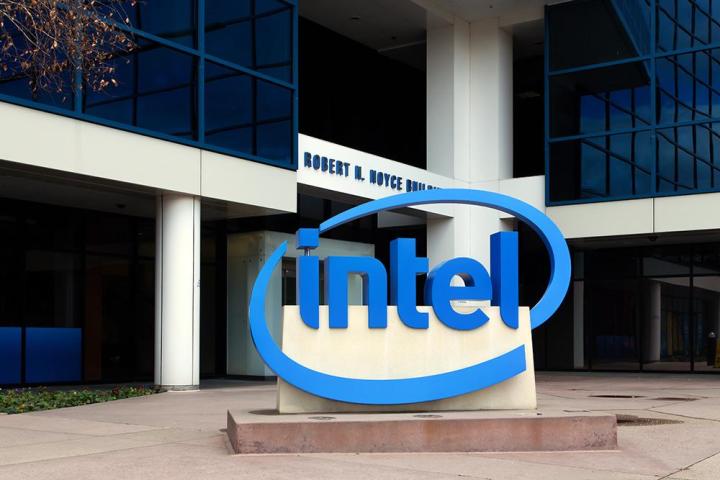
Said to offer a combination of more performance than the new Atom ‘Cherry Trail’ processors, but a lower price tag than the Core M Broadwell CPUs found in beefier laptops, the new Braswell hardware should complement already existing chips and provide greater selection to manufacturers building inexpensive hardware.
Related link: Intel may only release two Broadwell-based CPUs in Q2 2015
Although we’ll need to wait until early benchmarks are released to have our first impressions of how the new chips perform, thanks to CPU World we do have a pretty good idea of their specifications.
- Celeron N3000: Dual core, 1.04Ghz (2.08Ghz Turbo), 1MB L2 cache, 4W TDP and a price tag $107.
- Celeron N3050: Dual core, 1.6Ghz (2.16Ghz Turbo) 1MB L2 cache, 6W TDP and a price tag of $107.
- Celeron N3150: Quad core, 1.6Ghz (2.08Ghz Turbo) 2MB L2 cache, 6W TDP and a price tag of $107.
- Pentium N3700: Quad core, 1.6Ghz (2.4Ghz Turbo) 2MB L2 cache, 6W TDP and a price tag of $161.
Each of them supports DDR3 memory up to 1600Mhz and they all come with integrated graphics chips onboard as well – some more powerful than others. Of course, low-power processors like these are rarely any good for gaming.
While none of them are likely to be performance power houses compared to their higher-level and desktop counterparts, it’s worth noting how minuscule their power draw is. That will not only help maintain battery life, but reduce the need for advanced – and bulky – cooling solutions. An increasing number of system are packing passive cooling systems, and chips like this will only increase the selection of silent PCs.
Editors' Recommendations
- Intel may have accidentally leaked the release date for Windows 12
- Intel’s most powerful CPUs may not launch until 2024
- Intel Meteor Lake is about to level up to a crucial stage
- Intel’s long, painful struggle with 10nm production may finally be over
- AMD is leaving Intel in the dust on die size, with no 7nm Intel chips until 2021


